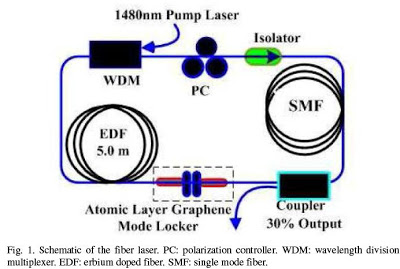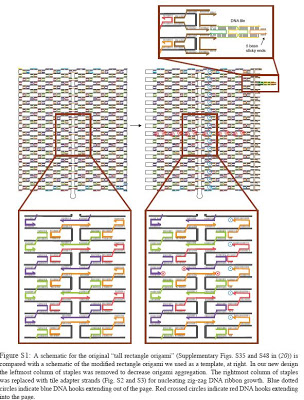A Path to 8 nanometer or Narrower Self Assembled Lithography
Nano Letters – A Path to Ultranarrow Patterns Using Self-Assembled Lithography The templated self-assembly of block copolymer (BCP) thin films can generate regular arrays of 10−50 nm scale features with good positional and orientational accuracy, but the ordering, registration and pattern transfer of sub-10-nm feature sizes is not well established. Here, we report solvent-annealing and …









